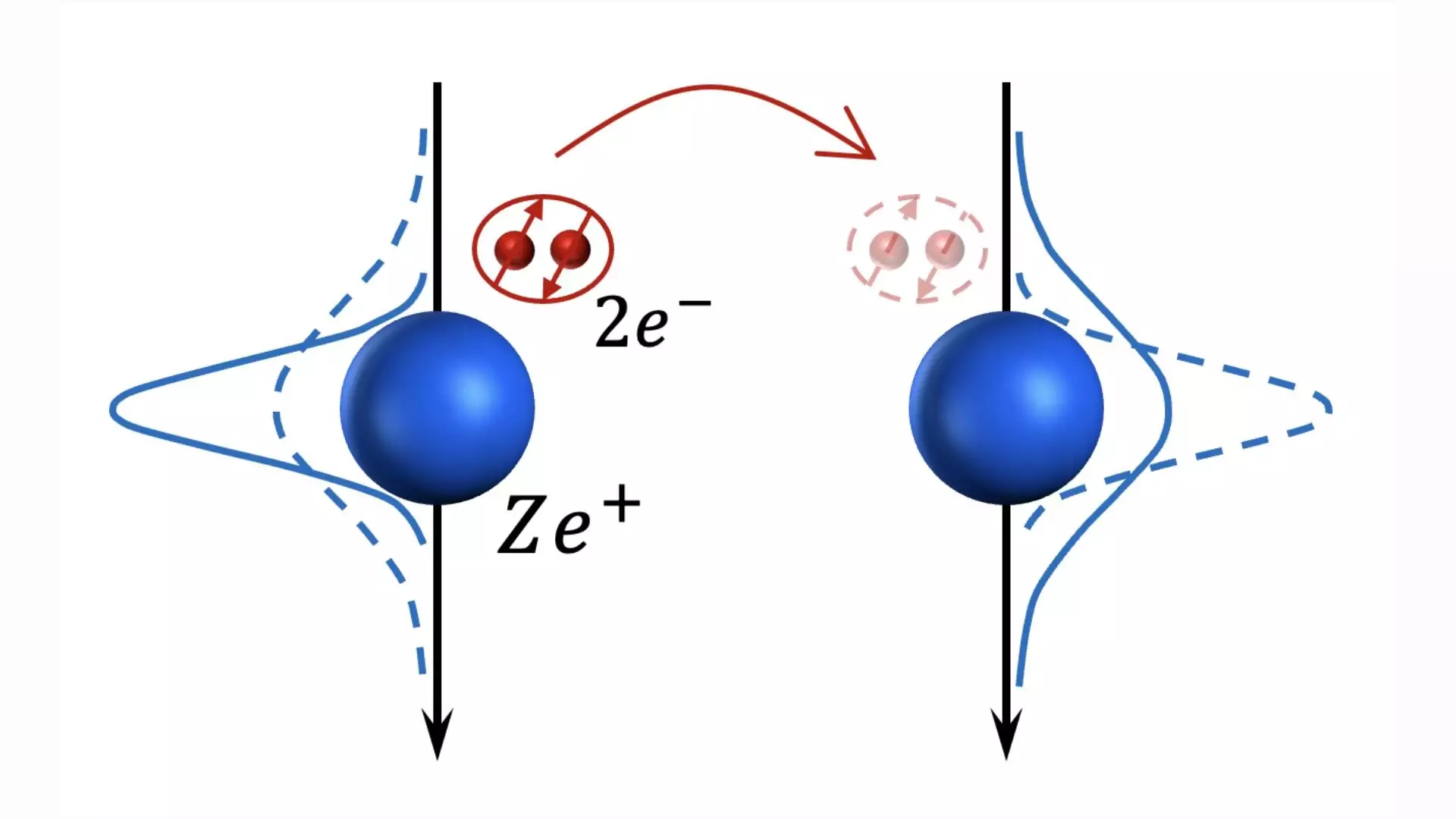Superconductivity is a phenomenon that has intrigued researchers for decades due to its potential applications in various fields. A recent study published in Physical Review Letters delves into the realm of quadratic electron-phonon coupling and its impact on superconductivity through the formation of quantum bipolarons. This study sheds light on a less explored aspect of electron-phonon interactions and its potential to push the boundaries of high-temperature superconductivity.
Electron-phonon coupling is a crucial interaction that plays a significant role in the formation of Cooper pairs, the building blocks of superconductivity. Traditionally, electron-phonon coupling has been studied in the context of linear coupling, where the coupling strength is directly proportional to the displacement of phonons in the lattice. However, the researchers in this study sought to investigate the implications of quadratic electron-phonon coupling, where the interaction energy is tied to the square of the phonon displacement.
Zhaoyu Han, a Ph.D. candidate at Stanford University, expressed his enthusiasm for uncovering new mechanisms that could drive high-temperature superconductivity. Dr. Pavel Volkov from the University of Connecticut highlighted the longstanding mystery surrounding the superconductivity of doped strontium titanate, prompting their exploration of alternative electron-phonon coupling mechanisms.
Linear coupling, prevalent in most superconducting materials, has been extensively studied but faces limitations due to low critical temperatures. In contrast, quadratic coupling introduces a different dynamic to electron-phonon interactions, potentially leading to higher critical temperatures. By incorporating the Holstein model to account for quadratic coupling, the researchers were able to elucidate the formation of quantum bipolarons and their role in enhancing superconductivity.
In materials exhibiting strong quadratic electron-phonon coupling, the formation of quantum bipolarons at a specific critical temperature propels the system into a superconducting state. Unlike linear mechanisms, the quantum bipolaron mass remains moderately enhanced with coupling, enabling higher critical temperatures. This quantum mechanical origin of attractive interactions offers a promising avenue for achieving robust superconductivity in materials with strong electron-phonon coupling.
The researchers envision a potential enhancement of superconducting transition temperatures through engineered superlattices tailored to maximize electron-phonon coupling. As they strive to understand the optimal regime of coupling strength for superconductivity, they call for experimental exploration of superlattice materials with significant quadratic electron-phonon couplings. By leveraging advanced fabrication techniques and innovative material design, researchers aim to realize the theoretical predictions of enhanced superconductivity in materials with quadratic coupling mechanisms.
The study underscores the critical role of quadratic electron-phonon coupling in advancing our understanding of superconductivity and unlocking new possibilities for achieving high-temperature superconductors. By exploring the uncharted territory of quantum bipolarons and their impact on superconducting properties, researchers are poised to break new ground in the quest for next-generation superconducting materials.


Leave a Reply